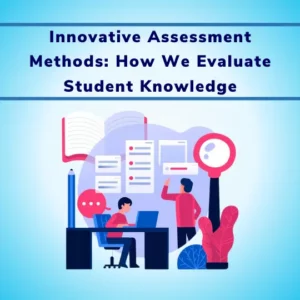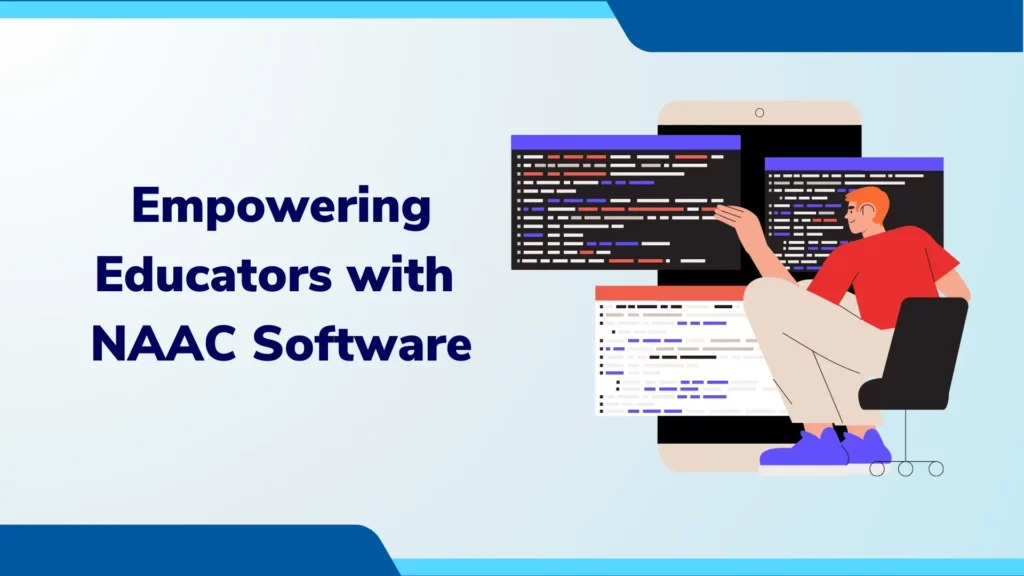
Article Contents
Introduction:
The National Education Policy (NEP) 2020, a visionary framework for educational reform in India, aims to increase the gross enrollment ratio and provide students with the freedom to pursue education based on their interests and aptitude. As part of the revised Accreditation Framework, institutes are now required to meet specific criteria outlined by the National Assessment and Accreditation Council (NAAC).
Criterion II of the NAAC deals with Teaching-Learning and Evaluation, emphasizing the institution’s efforts to provide effective teaching, and learning experiences, and to evaluate student performance comprehensively. This criterion recognizes the importance of engaging students through interactive instructional techniques, such as interviews, debates, projects, and the use of ICT resources.
It also highlights the significance of faculty competence, continuous professional development, and efficient evaluation methods. To assist educational institutes in meeting these criteria, NAAC software plays a vital role by providing guidance, support, and streamlined reports and Feedback.
This article explores the importance of seamless integration of NAAC software in HEIs and highlights the significance of effective implementation of teaching, learning, and evaluation in the context of NEP 2020 for NAAC accreditation.
Teaching, Learning, and Evaluation: A Tandem for Success
Criterion II of the NAAC accreditation plays a crucial role in assessing the teaching, learning, and evaluation practices of HEIs. The criterion recognizes that education is not just about transferring information but also about engaging students through interactive techniques.
HEIs are encouraged to adopt innovative methods such as interviews, debates, projects, and the integration of Information and Communication Technology (ICT) resources to create dynamic learning experiences. By embracing these approaches, institutions can ensure that students develop critical thinking, problem-solving, and communication skills that are essential for their future success.
Furthermore, Criterion II emphasizes the significance of faculty competence and continuous professional development. HEIs must prioritize the recruitment and development of highly knowledgeable and skilled educators who can effectively deliver quality education.
Continuous professional development programs enable faculty members to stay updated with the latest advancements in their respective fields and enhance their teaching methodologies. By investing in their faculty, institutions ensure that students receive the best possible education.
Comprehensive evaluation methods are another crucial aspect of Criterion II. HEIs must adopt evaluation techniques that go beyond traditional examinations and assessments. Holistic evaluation methods take into account the overall growth and development of students, including their participation in co-curricular activities, research projects, and community engagement.
By adopting comprehensive evaluation methods, institutions can gain a more accurate understanding of students’ capabilities and provide them with a well-rounded education.

Key Indicators of Criterion II
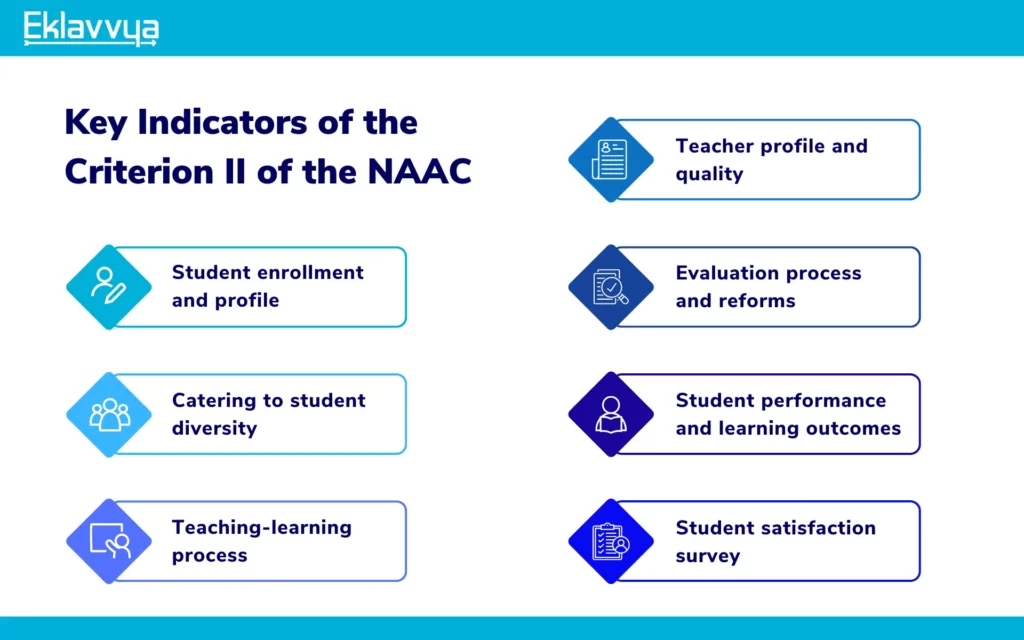
2.1 Student Enrolment and Profile
The NAAC accreditation ensures that the student enrolment process is transparent and well-administered, adhering to all norms set by UGC, AICTE, regulatory agencies and governments. It emphasizes compliance with regulations while also emphasizing equity and access.
The student profile reflects the diversity, encompassing students from various geographical areas and diverse socio-economic, cultural, and educational backgrounds.
- How does your institution ensure equal access and opportunities for students from diverse backgrounds and demographics?
- What measures does your institution take to understand and cater to the specific needs and challenges of individual students?
- How does your institution gather and analyze data regarding student enrolment and profile to inform decision-making and program development?
- What initiatives does your institution have in place to promote inclusivity and diversity among the student population?
- How does your institution support students in their transition from school to higher education, considering their varied academic and personal backgrounds?
Comprehensive Solution:
NAAC accreditation software will collect info like demographics, academic backgrounds, and socio-economic circumstances. Analyzing this data helps identify areas where students need support. Institutions can offer targeted resources to meet their unique needs.
By using this software, we create an inclusive and student-centred environment. Cater to the diverse needs of your student population.
2.2 Catering to Student Diversity
In order to meet the needs of students from diverse backgrounds, including marginalized communities and various locales, institutions implement a range of programs and strategies. These efforts prioritize gender equity and ensure admission opportunities for differently-abled students.
The NAAC accreditation recognizes and values these inclusive practices, acknowledging the institution’s commitment to providing a supportive and accessible environment for all students.
- How does your institution address the diverse learning styles and preferences of students?
- What strategies does your institution employ to create an inclusive learning environment where all students feel valued and respected?
- How does your institution promote cultural sensitivity and awareness among students and faculty?
- What support systems are in place to address the needs of students with disabilities or special learning requirements?
- How does your institution ensure that curriculum and learning materials are culturally responsive and inclusive?
Comprehensive Solution:
The NAAC accreditation software is designed to accommodate various learning styles by tailoring teaching strategies and resources accordingly. This powerful system generates multiple reports, serving as a foundation for implementing programs and strategies that emphasize gender equity and create inclusive admission opportunities for differently-abled students.
2.3 Teaching-Learning Process
The NAAC accreditation recognizes the importance of diversity among learners, considering their backgrounds, abilities, and personal attributes, as these factors significantly impact their learning experience. Institutions ensure that their teaching-learning modalities are tailored to be relevant and effective for the specific learner group.
With a learner-centred approach, teachers employ appropriate methodologies that encourage active participation, both individually and collaboratively. By fostering interactive and participatory learning, teachers instil a sense of responsibility and facilitate the construction of knowledge throughout the learning process.
- How does your institution foster an interactive and participatory approach to the teaching-learning process?
- What strategies does your institution employ to promote critical thinking, problem-solving, and creativity among students?
- How does your institution integrate technology and ICT tools to enhance teaching and learning experiences?
- What measures does your institution have in place to ensure that teaching methods are updated and aligned with current pedagogical trends?
- How does your institution encourage continuous professional development for faculty to enhance their teaching skills?
Comprehensive Solution:
The NAAC accreditation software offers faculty a platform for designing interactive lessons, integrating multimedia elements, and fostering active student engagement. With its assistance, institutions can seamlessly incorporate ICT tools into the teaching-learning process, promoting blended learning approaches.
By leveraging the software’s capabilities, institutions can ensure that the teaching-learning process remains dynamic, learner-centred, and aligned with outcome-based education.
2.4 Teacher Profile and Quality
The NAAC accreditation recognizes the significance of “teacher quality,” which encompasses various aspects such as the qualifications of faculty members, their characteristics, the effectiveness of recruitment procedures, the availability of faculty, and their commitment to professional development.
It emphasizes the importance of teachers’ initiative in staying updated with the latest developments, fostering innovation, and continuously seeking improvement in their teaching practices. The accreditation acknowledges the dedication of teachers in striving for both individual and institutional excellence, ultimately contributing to a high-quality educational environment.
- How does your institution recruit and select qualified and competent faculty members?
- What professional development opportunities are provided to enhance the teaching skills of faculty members?
- How does your institution encourage and support research and innovation among faculty members?
- How does your institution assess and monitor the teaching performance of faculty members?
- What measures does your institution have in place to promote effective communication and collaboration among faculty members?
Comprehensive Solution:
The NAAC accreditation software simplifies faculty evaluation through a robust system encompassing self-assessment, peer review, and student feedback mechanisms. It provides convenient templates and tools to document faculty achievements like research publications, conference presentations, and innovative teaching methods.
Acting as a centralized platform, it encourages the exchange of best practices and collaboration among faculty members.
2.5 Evaluation Process and Reforms
The NAAC accreditation recognizes the significance of evaluating teaching, learning, and evaluative processes to improve the efficiency and effectiveness of education. Evaluation provides feedback for professional growth, aids in planning activities to enhance student performance, and emphasizes the qualitative aspect of the evaluation to boost student competence.
The accreditation promotes innovative evaluation methods to effectively measure knowledge and skills acquired at different program levels.
- How does your institution ensure assessment methods align with learning outcomes and foster critical thinking and problem-solving skills?
- What measures ensure fairness, transparency, and objectivity in your evaluation process?
- How does your institution integrate continuous assessment and formative feedback to guide student learning?
- What reforms has your institution implemented to enhance the evaluation process?
- How does your institution utilize evaluation data to shape curriculum development and instructional practices?
Comprehensive Solution:
The NAAC accreditation software offers a range of assessment tools, such as project-based assessments, presentations, case studies, and portfolios. With automated evaluation capabilities, it ensures objective and consistent grading.
The software simplifies data collection and analysis, generating reports and insights that drive curriculum revisions and instructional enhancements. It also enables prompt and constructive feedback to students, encouraging self-reflection and personal growth.
2.6 Student Performance and Learning Outcomes
The NAAC accreditation recognizes the significance of learning outcomes, which are the desired knowledge and skills students should acquire upon completing a course or program.
These outcomes are an integral part of the curriculum and serve as the foundation for providing specific learning experiences to students. The accreditation emphasizes the importance of evaluating and assessing these learning outcomes to ensure their effective implementation.
It acknowledges that student assessment plays a crucial role in identifying areas of successful learning as well as areas that require improvement. By including learning outcomes in the evaluation protocol, the accreditation promotes a comprehensive approach to assessing student progress.
- How does your institution measure and track student performance in relation to the defined learning outcomes?
- What mechanisms are in place to provide feedback to students regarding their progress and areas for improvement?
- How does your institution facilitate the remediation and support systems for students who need additional assistance?
- How does your institution ensure that learning outcomes are regularly reviewed and updated to align with industry requirements and societal needs?
- What strategies does your institution employ to foster a culture of continuous improvement based on learning outcomes data?
Comprehensive Solution:
The NAAC accreditation software empowers institutions to establish a strong data management system to track student performance and learning outcomes. With its analytics and reporting features, the software provides valuable insights into individual and cohort achievements.
Leveraging the software’s capabilities, institutions can effectively monitor learning outcomes, identify areas for improvement, and implement targeted interventions to enhance student performance and success.
2.7 Student Satisfaction Survey
The student satisfaction survey is an essential component of the NAAC criteria, covering various aspects of the educational experience. It assesses factors like teaching quality, infrastructure, support services, curriculum relevance, and faculty-student interaction.
This survey holds immense importance as it provides valuable feedback on the effectiveness of policies and practices implemented by institutions. It helps identify areas that require improvement, enabling institutions to enhance the overall quality of education and student support systems.
By incorporating student perspectives, the survey ensures a student-centric approach and contributes to creating a positive learning environment conducive to academic success and personal growth.
- How does the institution ensure effective teaching and learning practices?
- What support services are offered to students, such as counselling, career guidance, library facilities, and health services?
- How does the institution ensure fair and transparent assessment and evaluation processes?
- How does the institution provide and maintain appropriate physical infrastructure for teaching, learning, research, and support services?
- What initiatives are taken to encourage student participation in academic and extracurricular activities?
Comprehensive Solution:
This software can help create interactive learning modules for effective teaching and learning practices. Student feedback and analysis can be performed through the system. The software can facilitate fair and transparent assessment and evaluation processes through automated grading systems, and secure online exams.

Conclusion:
NEP 2020, along with the criteria set by the NAAC, provides a transformative vision for education in India. This Teaching, Learning, and Evaluation criterion focuses on the efforts of an institution to serve students having different backgrounds and abilities, with better teaching-learning experiences.
As student performance plays a major role in NAAC accreditation, Eklavvya- NAAC software support institutes to keep track of Students. The objective of this criteria is to achieve the learning outcomes and develop the student’s overall growth.
By integrating ICT tools seamlessly into teaching and learning processes, institutes can ensure uninterrupted education and foster digital literacy. Moreover, by emphasizing the importance of effective teaching, learning, and evaluation, NEP 2020 promotes equal opportunities for all students.
With the support of Eklavvya- NAAC software educators can identify gap with regular evaluations and tailor their teaching methods, and guide students toward success. By aligning with NEP 2020 and adhering to the criteria set by the NAAC, educational institutions can create a dynamic and inclusive learning environment that empowers students and prepares them for a brighter future.




![How Government-Led Exams at 250+ Locations Are Setting New Standards of Integrity [Case Study]](https://www.eklavvya.com/blog/wp-content/uploads/2024/04/Enhancing-Exam-Integrity-Government-Certification-in-250-Locations-150x150.webp)
![Transforming Central Govt. Exams Evaluation: How Onscreen Marking is Leading the Charge [Case Study]](https://www.eklavvya.com/blog/wp-content/uploads/2024/04/How-Onscreen-Marking-Revolutionized-Central-Govt-Exams-Case-Study-1-150x150.webp)
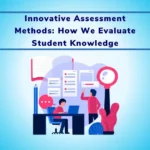
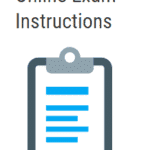

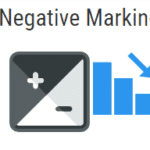









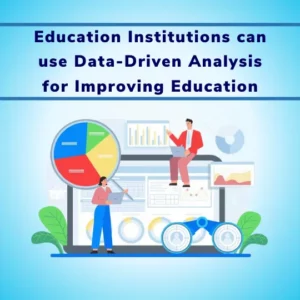

![How Onscreen Marking Revolutionized Central Govt Exams [Case Study]](https://www.eklavvya.com/blog/wp-content/uploads/2024/04/How-Onscreen-Marking-Revolutionized-Central-Govt-Exams-Case-Study-1-300x300.webp)
